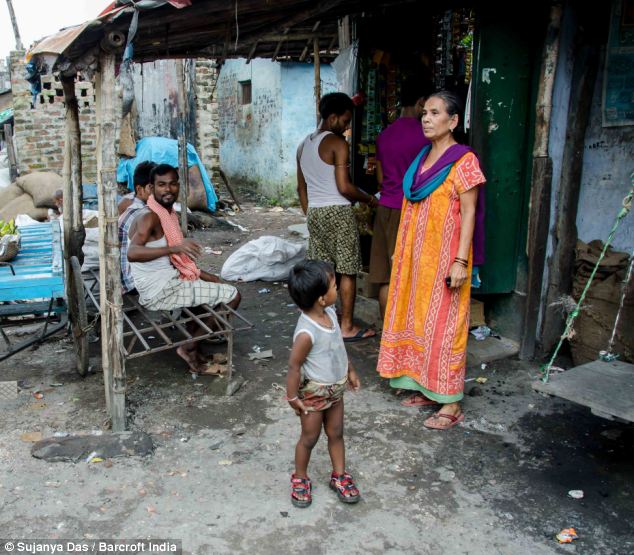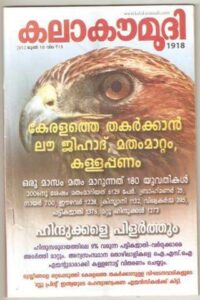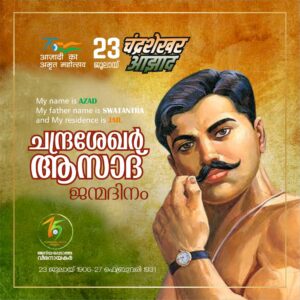Aurangzeb’s descendants living in abject poverty: Wife of Mughal ‘prince’ lives in Howrah slum, survives on govt pension…
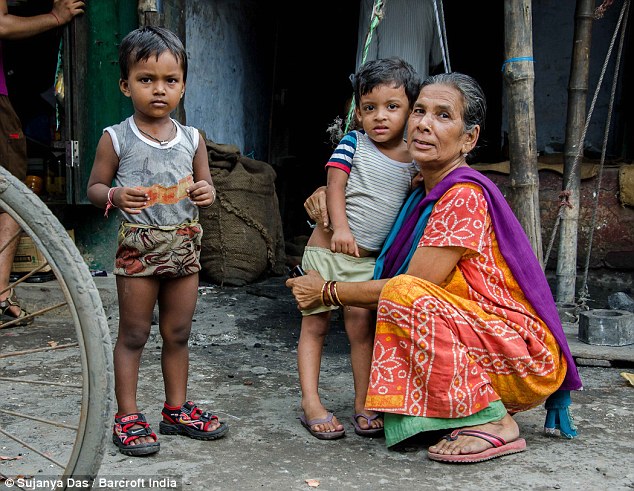
As the debate over Mughal tyrant Aurangzeb’s destruction of Kashi Vishwanath Mandir rages on, an image of one of the last surviving Mughals has gone viral. Sultana Begum, who married the great-grandson of Bahadur Shah Zafar, is the woman whose photo has gone viral in the aftermath of the discovery of a Shivling inside the Gyanvapi mosque.
While her ancestors lived in grand palaces and forts, Sultana Begum has been confined to a life in the slums of Kolkata. 69 years old Sultana, who married the great-grandson of the last Mughal emperor survives on a government pension and lives her life from one meal to the next. Ever since her husband ‘Prince’ Mirza Bedar Bukht died in 1980, she has been descending into poverty.
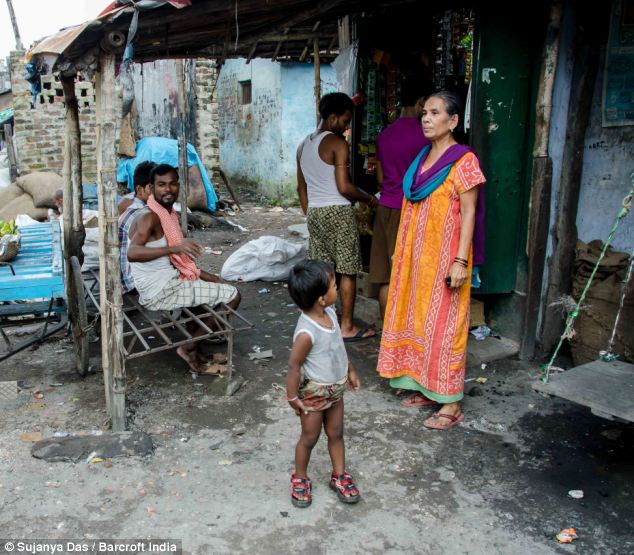
Sultana Begum also petitioned the Supreme Court of India to hand over the Red Fort to her, saying that the fort belongs to her family so she should get possession of it. However, the court refused to entertain her plea asking where were they for the past 150 years.
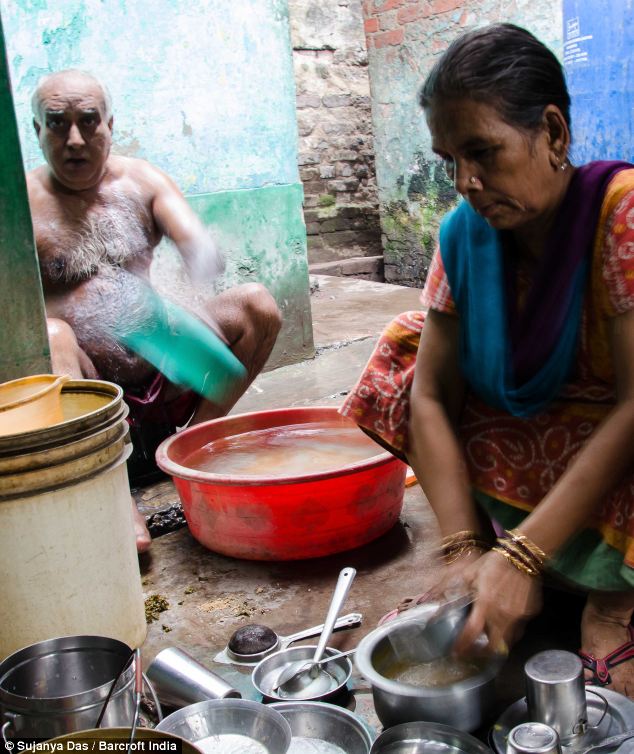
Living in obscurity, Sultana’s photos started doing the rounds again on social media during the Gyanvapi row. The disputed stricture in Kashi, which was constructed by Aurangzeb after demolishing Kashi Vishwanath Temple, is currently under litigation in the Supreme Court.
Gyanvapi mosque controversy
The Gyanvapi Mosque was built by the Islamic invader Aurangzeb after destroying the original Kashi Vishwanath temple. However, the remnants of the ancient Hindu temple can still be seen on the walls of the Gyanvapi Mosque. The temple was an earlier restoration of the original Kashi Vishwanath temple, which was destroyed and rebuilt several times in history. The current Kashi Vishwanath was built on a site near the Mosque in 1777 by Rani Ahilyabai Holkar.
A plea was filed by five Delhi-based women seeking permission to perform daily worship of Hindu deities whose idols are located on the outer wall of Gyanvapi Mosque. The court-appointed a committee to survey and videography of basements in the Gyanvapi-Gauri Shringar complex. Following the survey, reports of a Shivling being present in the wuzukhana of the mosque came out.

